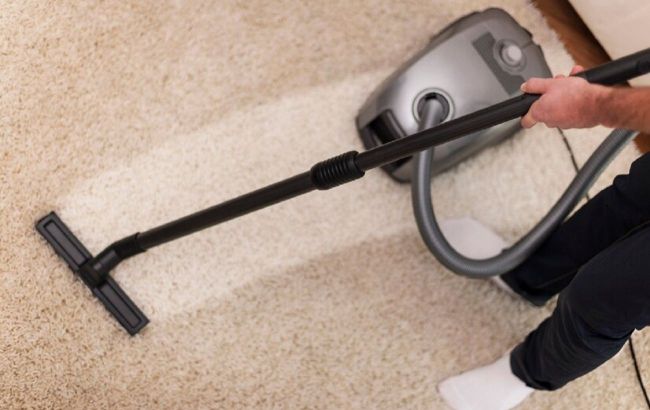10 types of waste that should never be vacuumed
 What should not be cleaned with a vacuum cleaner (photo: Freepik.com)
What should not be cleaned with a vacuum cleaner (photo: Freepik.com)
A vacuum cleaner is an indispensable helper in maintaining cleanliness at home. However, not all trash should be confidently sent to its bag or container.
RBC-Ukraine talks about ten categories of waste that should never be cleaned with a vacuum cleaner.
Liquids and wet waste
Vacuum cleaners designed for dry cleaning are not meant for collecting water or liquids. Moisture can damage the motor, cause a short circuit, or promote mold growth inside the device.
If you need to clean up liquid, use a specialized wet cleaning vacuum or a cloth. Leaving moisture inside the vacuum cleaner can also cause unpleasant odors.
Construction dust
Construction dust, gypsum, or cement can clog the filters and motor of the vacuum cleaner. Such fine dust often passes through the filters and returns to the air, degrading its quality.
To clean construction debris, it's better to use a specialized industrial vacuum cleaner. A regular vacuum just can't handle these materials.
Hot waste – ash or charcoal
Hot ash from a fireplace or barbecue can damage the plastic parts of the vacuum cleaner or cause a fire. Even cooled ash remains fine and can clog the filters. For this kind of waste, it's best to use a metal scoop and brush.
Large glass pieces
Glass shards can damage the vacuum cleaner’s hose or container. Additionally, the sharp edges of the glass can cut the bag or get stuck in the mechanisms. Clean up glass manually using a brush and dustpan to avoid danger. Don't forget to wear gloves to protect your hands.
Large amounts of hair
While vacuum cleaners are often used to clean hair, large volumes can become problematic. Hair gets tangled around the brushes and rollers, which complicates the device's operation. Over time, this can lead to motor overheating. Regularly clean the brushes if you frequently vacuum hair.

Not all types of waste can be cleaned with a vacuum cleaner (photo: Freepik.com)
Small coins and other metal items
Coins, buttons, or metal shards can get stuck in the vacuum cleaner's mechanism and damage it. Additionally, these items create noise and can tear the bag. Collect such items manually before using the vacuum cleaner to keep your device in good working condition.
Food waste
Even if the food looks dry, its remnants can cause unpleasant odors or attract insects. Oily products can leave grease marks on the vacuum cleaner's parts, making them harder to clean. It's better to use a trash bin and a cloth for such waste. A vacuum cleaner is not designed for food disposal.
Pollen and fine fuzz
Fine pollen or fuzz often doesn't get trapped by the vacuum filter and returns to the air. This can cause allergies or breathing problems, especially in sensitive individuals. It's better to collect such waste with a damp cloth to reduce the spread of allergens in the air.
Cosmetic remnants
Powder, eyeshadow, or fine glitter often behaves like construction dust. It clogs filters and can damage the vacuum motor. Moreover, such particles are hard to completely remove from surfaces. Use a cloth or wipes to clean them.
Threads, laces, and other long items
Long threads or laces can wind around the vacuum cleaner's brushes or rollers. This complicates its operation and can damage parts. Instead, collect them manually to avoid issues. Regularly check the condition of the brushes if such items end up in the vacuum cleaner.
Earlier, we wrote about 5 ways to make cleaning enjoyable and find pleasure in it.
Sources: Spruce, Apartment Therapy, and Lifehacker.

